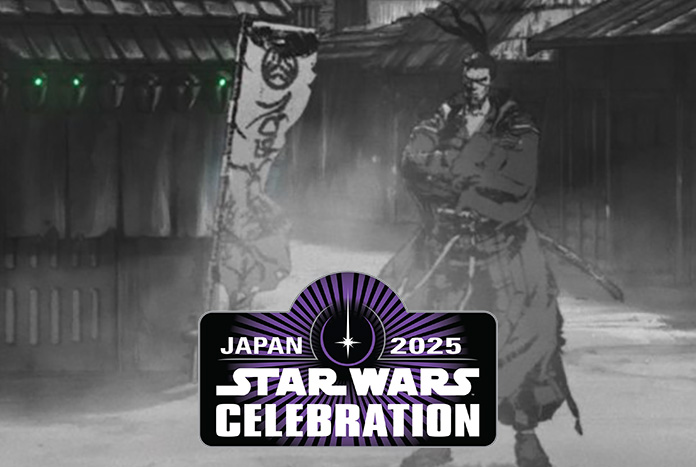“The cross-pollination between Japanese and American cinema dates back decades,” Kelts notes. In his original creation of Star Wars in the 1970s, George Lucas was famously inspired by director Akira Kurosawa’s 1950s classics like The Hidden Fortress and Seven Samurai. “Today, American directors Quentin Tarantino, the Wachowskis, Christopher Nolan, Daron Aronofsky, The Daniels and others either openly cite anime sources like Satoshi Kon—or quietly lift scenes from them. The cross-pollination has become so dizzying and thrilling I can barely keep up with it.”
As Kelts’ own research has helped reveal, the release of Star Wars: A New Hope in 1977 launched a pop culture phenomenon that sparked inspiration on both sides of the Pacific Ocean. “In the 1970s, Japan was an economic juggernaut hurtling through space to escape the traumatic memories of World War II on the home front,” Kelts explains. “Many were looking outward—overseas and to outer space—for inspiration and entertainment. The arrival of Star Wars was perfectly timed for the growing obsession with Western sci-fi films and conventions, and its collective group of oddball heroes (Luke, Han, Leia, Chewbacca, C-3PO, and R2-D2) dovetailed perfectly with the Japanese cultural emphasis on group cohesion and achievement vs. individualism.”
The popularity of Star Wars also helped to introduce anime to American television audiences. As Kelts writes in Japanamerica, the 1972 Japanese series Science Ninja Team Gatchaman was adapted for the American market by Sandy Frank Entertainment in 1978 to become Battle of the Planets.
“After Gatchaman aired in the U.S., retitled Battle of the Planets (Battle/Planets equals Star Wars, get it?), Japanese anime series like Space Battleship Yamato, Star Blazers, and epics like Gundam, Akira, and Ghost in the Shell would explode on US TV and in cinemas. Though he tried, veteran American TV producer Sandy Frank couldn’t buy the rights to Gatchaman until Star Wars broke box office records. The rest of the Star Wars/Gatchaman/anime story is as hilarious as it is profound: none of the US producers understood the Japanese dialogue, elements of sex and violence were whitewashed or eliminated, and they even added an R2-D2 clone called 7-Zark-7 to make the show more kid-friendly. There’s plenty more to tell.”
“Telling Stories Across Cultures: Star Wars and Japan” promises to be a rich and fascinating discussion at the heart of this year’s Star Wars Celebration, itself centered in the heart of Japan.
“It has always been my belief that a culture’s stories reveal far more about its essential identity and DNA than textbooks or guided tours,” Kelts adds. “I have nothing against tourism, of course, but a visit to a theme park or a temple will only give you a glimpse into the native identity. Star WarsCelebration provides a unique opportunity for Japanese and global audiences and artists to unite through the most magical of human creations: Art and Entertainment.”
